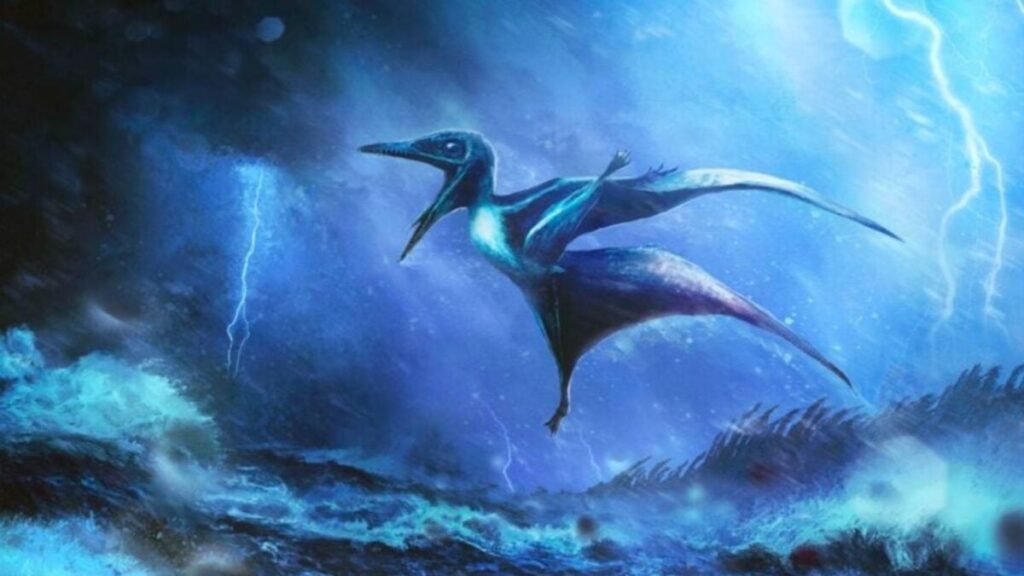Pterosaur hatchling mortality associated with tropical storms, as evidenced by fossils.

A site in southern Germany, abundant in fossils, revealed a significant number of pterosaur nestling bones. This discovery led paleontologists to speculate on the abundance of these animals in the area, until the wings of two nestlings were found broken and wind-shaken, shedding light on how the bones arrived at the site.
Tragic Fate of Lucky and Lucky II
In a study published by paleontologists from the University of Leicester in the United Kingdom on September 5th, the fate of two Pterodactylus antiquus nestlings, named Lucky and Lucky II, was described. These nestlings seemed to have been shattered by a violent tropical storm. Examination under ultraviolet light revealed previously unknown skeletal trauma.
Irony Fossilized
The discovery of Lucky and Lucky II’s well-preserved fossils is seen as fortunate for two contradictory reasons. Pterosaurs had light skeletons of hollow bones ideal for flight, making the preservation of their fragile bones remarkable. The researchers concluded that the injuries sustained by the nestlings were likely the result of a severe storm.
Accident or Trend?
Initially considered an isolated case, the findings of Lucky and Lucky II led researchers to question whether young pterosaurs were native to the area or simply passing through. The well-preserved fossils suggest that a violent storm caused the nestlings to fall to the bottom of the lagoon and be quickly buried under water. Larger animals may have survived the storm but eventually succumbed, floating to the surface and decaying.
Implications of the Findings
The study highlights the importance of context in interpreting fossil records. The discovery of Lucky and Lucky II sheds light on the impact of violent tropical storms in the Mesozoic era on animals and their survival. It also raises questions about biases in the fossil record and the need for a better understanding of preservation processes to accurately reconstruct past life forms.






